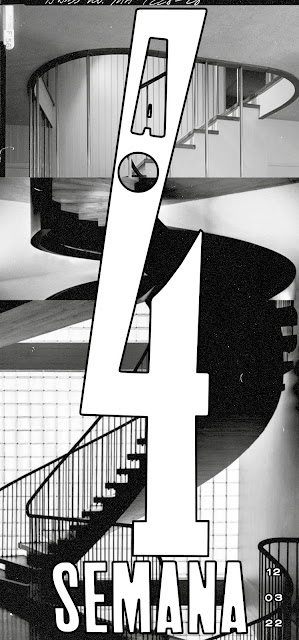SATURDAY, 24 February 2024, 10 PM
farO presents VENUSVILLE
by Chris Langdon and Fred Worden, 10',
16mm film transferred to video, color , mono sound 1973
--------------------------------------------
---------- Forwarded message ---------
Date: terça, 20/02/2024 à(s) 17:20
Subject: Convite aos associados da AAVP: farO, 24 de fevereiro, 22h, Lisboa
To: <aavp.artistas@gmail.com>
To the Association of Visual Artists in Portugal (AAVP)
(Apologies in advance for writing in English, but it remains the language most spoken by most of our intercontinental peers)
As you know, in 2011 the South of Europe was plagued by Rhynchophorus Ferrugineus, a red horned Asian weevil, that drilled thousands of centennial palm trunks into a greying depression. That same year, Troika, a consortium of Northern European bureaucrats, swarmed the Mediterranean bay and ruled years of austerity to squeeze pennies off of the PIGS of Club-Med, the agent’s pet name for Portugal, Italy, Greece and Spain. In Portugal, the action of these intruders dramatically changed our ecosystem with devastating effects. Fellow artist and founding member of AAVP, Pedro Barateiro, righteously pointed in his essay/performance “Sad Savages” to a correlation between the simultaneous disappearance of palm trees and the financial crisis that hit the country. Barateiro explored these events as metaphors for concrete disaster. As the weevil chewed at the palms silently in the dark, Troika's operation attacked right to the pith our precarious economy, in plain sight.
The deceased palms might have effaced from the landscape the imported tropical flare of the Phoenix Canariensis’ mane, a symbol of our sad colonial history. But its absence became the landmark of a new era, moved by real estate speculation, unruly tourism and human exploitation. The crisis opened the way for two waves of diaspora on the European West Coast. The first, a party of nawab immigrants looking for sun, salt and fast and easy profits, nomads out of choice who called themselves ex-pats. The second, a less glamorous group, were nomads out of necessity, true expatriates fleeing countries in crisis. By necessity or convenience, they were both agents of change in an arid economic and social environment. Some built and speculated over the vacant spaces of dying trees, others unfruitfully looked for fallen dates.
To these, we would add a third group that disbanded from their homeland for unclear personal reasons or poetic revenge. Ampersand’s members are part of this kind. Arriving seven or eight years ago, in post-crisis Lisbon, they carried the romantic dream that an Atlantic cliff could be a safe haven for fundamental “research on art at a serious and fair pace”. These voluntary exiles adapted to the adversity of the context, and were, malgré tout, forcibly integrated. Soon they realised, like most of us, that in Portugal palm trees in the sun never bore fruit, so they took to growing potatoes in the dark.
Their program put together, with light touch and unpredictability, new and all-time favorites like Sylvie Fanchon, Ilene Segalove, David Wojnarowicz, Gabriel Abrantes, Nancy Graves, Artur Varela, Tina Girouard, Sofia Montanha, Zoe Bellof, Ana Jotta &etc. We keep fond memories of Wolfang Stoerchle's penis giving birth to Mickey, Bern Porter's found poems and Pati Hill’s cat piss stains. Their existence generated desire and fed our desire to see more.
Ampersand’s Lisbon branch is now closing as its founders are forced to emigrate anew. To show our gratitude for the shared adventure of discovery, farO is organising a farewell tribute, on the 24th February at 10 pm, screening Venusville, by Chris Langdon and Fed Worden, a moving picture about movement in film, starring as subject no more no less than the Phoenix Canariensis.
We’d be highly appreciative if you could promote the event among your members, as it’s most certainly of their interest. We also want to take this opportunity to suggest that, given the importance of the work carried out, the AAVP would consider granting Ampersand’s team honorary membership.
We hope that this tribute will raise awareness to the importance of the shared experience of art, which is as vital to its makers as the making.
Subscrevemo-nos com amizade,
P'lo farO,
Ana Baliza e Alexandre Estrela












